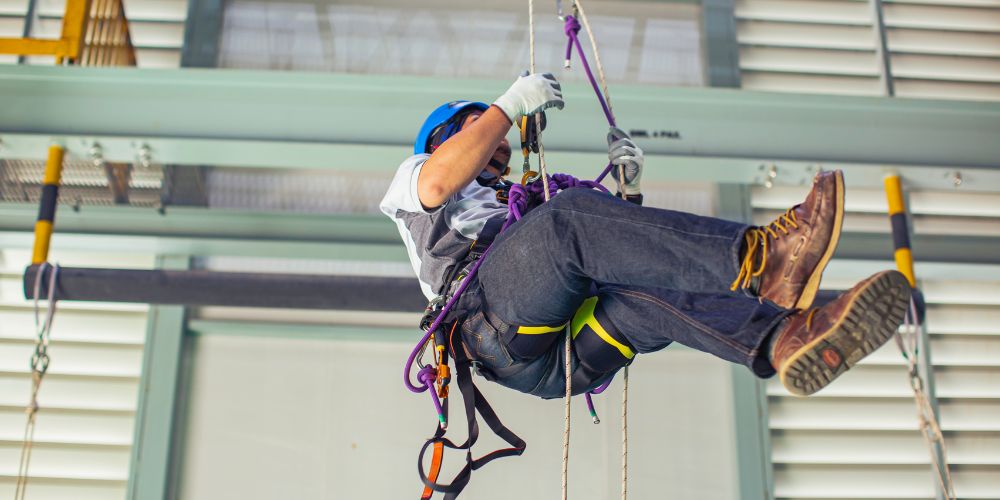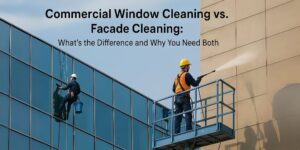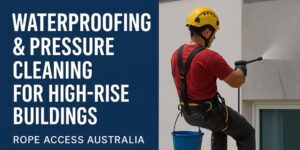You are not just working at height in high-rise buildings, it is a serious job. No matter if you are replacing windows, doing construction, or doing normal inspections, then a fall protection system is not an option, it is a must. Having the right system not only protects the workers but also helps in meeting the regulatory requirements and increases the efficiency of the work process. But since there are so many of them, how does one choose the right one? This guide will walk through some key factors to assist in making a decision.
Understanding Fall Protection Systems
Fall protection is not a one-size-fits-all solution. There are two primary categories: active and passive systems. Harnesses and lifelines need worker involvement, but guardrails and safety nets provide continuous protection without user input. The difference is knowing helps in picking the right solution based on work type and building structure.
Types of Fall Protection Systems
1. Guardrails and Barriers
Guardrails are one of the most simple, yet most effective passive fall protection systems. An ideal use is for rooftops, balconies, and other open edges where they act as a continuous safety barrier without having the workers wearing any further equipment. If you need simple, dependable protection, guardrails are a top pick.
2. Personal Fall Arrest Systems (PFAS)
If guardrails are not available, PFAS can be a real lifesaver – literally. These systems, which include harnesses, lanyards, and anchor points, stop workers from falling before they hit the ground. But they do require proper training and regular inspections to keep them effective.
3. Safety Net Systems
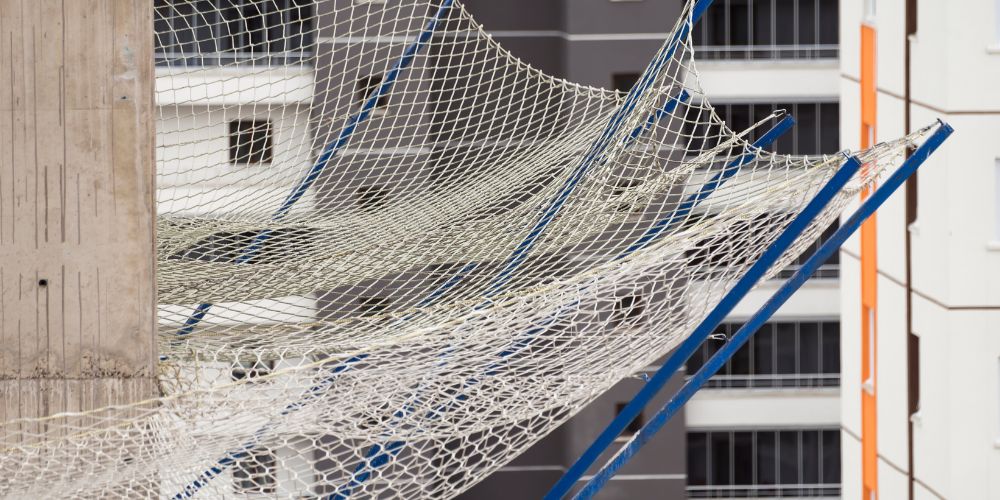
Safety nets should be seen as the last line of safety protection. They are installed below the work areas to keep workers or debris from falling and causing serious injury. It is mainly used in high-rise building construction but it is very important to check on it frequently to make sure that it is strong.
4. Fall Restraint System
Fall arrest systems are different from fall restraint systems as fall restraint systems prevent workers from getting to the fall hazard and not just stopping the fall in between. These systems are ideal for maintenance work that does not involve work position over the edge as well as safe zones are maintained through the use of body belts and fixed-length lanyards.
5. Temporary and Permanent Anchors
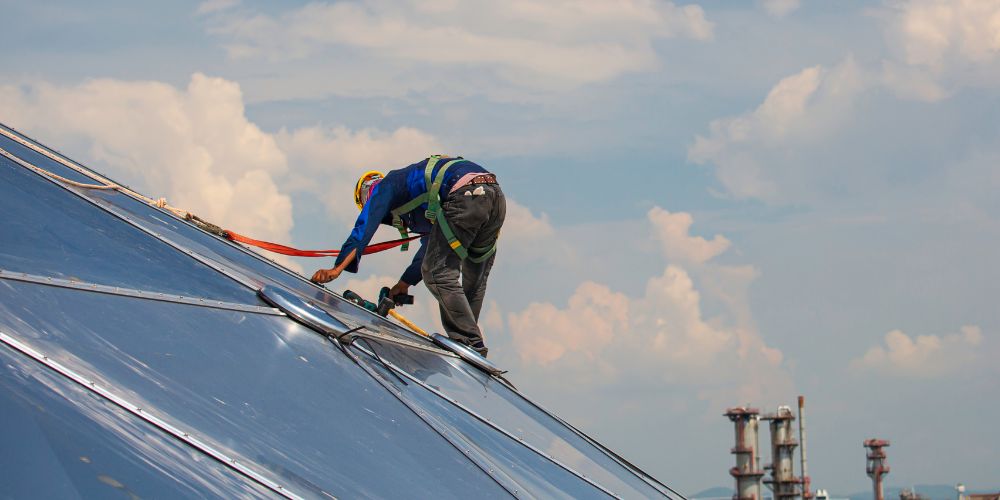
Active fall protection system has anchor points as its backbone. Temporary anchors are suitable for short-term projects, while permanent ones are suitable for routine maintenance. The right type should be chosen for long-term reliability and safety.
Also See – Comprehensive Guide to Fall Protection Systems
Key Considerations When Choosing a Fall Protection System
1. Building Structure and Design
All high-rises are different. It also tells us that roof slopes, facade materials and access points are all factors that influence which system is best suited for the job. It is wise to assess the building’s unique characteristics before selecting a solution as a starting point to ensure compatibility.
2. Type of Work Being Conducted
The kind of work being performed at height is a key factor in choosing the right system. A construction worker may need different protection than a window cleaner. To make the best choice, assess job-specific hazards.
3. Compliance with Safety Regulations
Ignoring safety regulations is not only risky- it is illegal. Standard fall protection systems must meet standards like OSHA (Occupational Safety and Health Administration) or AS/NZS. Not only does compliance save lives, it also avoids costly penalties and legal consequences.
4. Ease of Use and Worker Training
A complicated system will not be useful if workers do not know how to use it. Systems should be intuitive and have limited training needs. In case of thorough training, it should be done periodically to ensure compliance.
5. Durability and Maintenance
The condition of your fall protection system is just as good as that of the system. They last longer and are more reliable if made of high-quality materials, kept in routine maintenance, and checked regularly. If you skip maintenance, it could mean equipment failure at the worst time.
Common Mistakes to Avoid
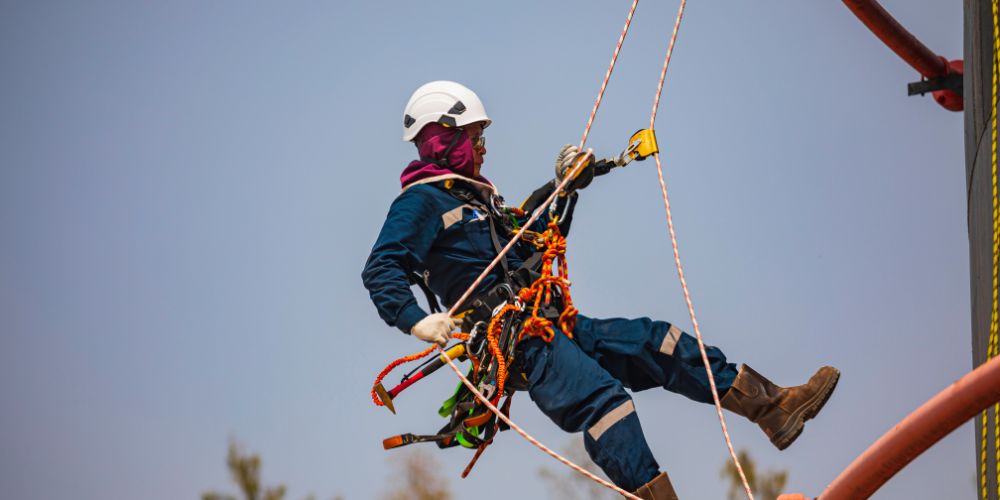
1. Choosing the Wrong System for the Job
Price shouldn’t be the only factor when selecting fall protection. An ill-suited system can create more risks than it mitigates. Always assess work conditions before deciding.
2. Ignoring Proper Training
However, it must be said that the best fall protection system is of no use if the workers do not know how to use it. This is because safety measures are graded to be observed and executed in the right manner through frequent training and refresher courses.
3. Failing to Conduct Routine Inspections
Over time weather conditions and regular use cause wear and tear. Neglecting routine inspections can reveal hidden weaknesses before they cause equipment to fail when it is most needed.
4. Not Considering Worker Comfort
Uncomfortable harnesses or restrictive systems can discourage workers from wearing their gear properly. Investing in ergonomic equipment improves compliance and enhances overall safety.
Conclusion
It is not only about meeting the standards when choosing the right fall protection system for high-rise buildings – it is about ensuring safety, efficiency and legal aspects. Different jobs are protected in different ways, be it guardrails, personal fall arrest systems or safety nets. Safety should not be left to chance, so have a professional install and maintain a properly installed and maintained fall protection system. It could very well save your team’s lives. Rope Access Australia is committed to providing top-tier height safety solutions to keep your workforce secure at any elevation.

